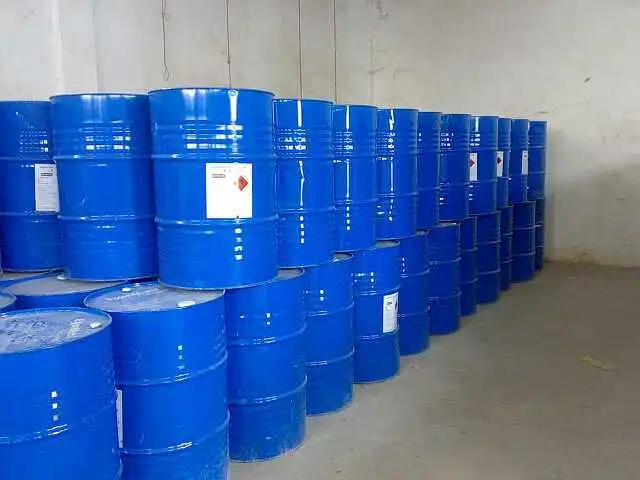Isopropanol is a common industrial chemical with a wide range of applications. However, like any chemical, it has potential hazards. In this article, we will explore the question of whether isopropanol is a hazardous material by examining its physical and chemical properties, health effects, and environmental impact.
Isopropanol is a flammable liquid with a boiling point of 82.5°C and a flash point of 22°C. It has a low viscosity and high volatility, which can lead to rapid evaporation and dissemination of its fumes. These properties make it potentially explosive when mixed with air in concentrations above 3.2% by volume. Additionally, isopropanol’s high volatility and solubility in water make it a potential threat to groundwater and surface waters.
The primary health effect of isopropanol is through inhalation or ingestion. Inhalation of its fumes can cause irritation to the eyes, nose, and throat, as well as headache, nausea, and dizziness. Ingestion of isopropanol can result in more severe health effects, including abdominal pain, vomiting, diarrhea, and convulsions. Severe cases may result in liver failure or death. Isopropanol is also considered a developmental toxin, meaning it can cause birth defects if exposure occurs during pregnancy.
The environmental impact of isopropanol is primarily through its disposal or accidental release. As mentioned earlier, its high solubility in water can lead to groundwater and surface water pollution if improperly disposed of. Additionally, the production of isopropanol generates greenhouse gas emissions, contributing to climate change.
In conclusion, isopropanol does possess hazardous properties that need to be properly managed to minimize potential harm to human health and the environment. Its flammability, volatility, and toxicity all contribute to its designation as a hazardous material. However, it is important to note that these hazards are manageable with proper handling and storage procedures.
Post time: Jan-22-2024





